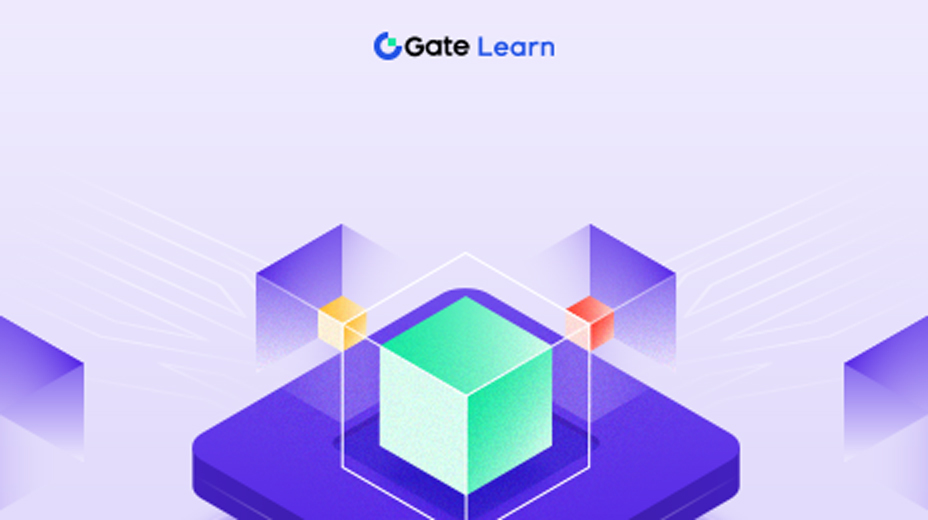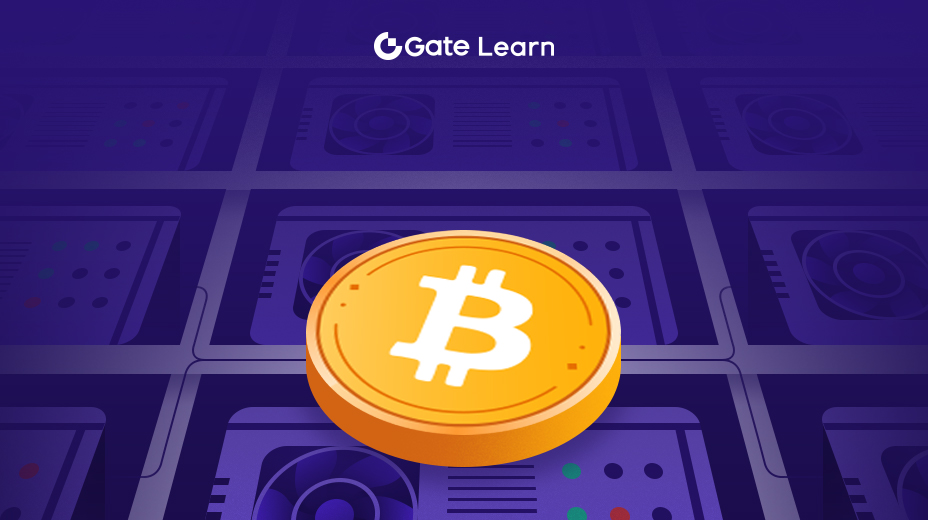تحليل عميق لتقنية Rollux
يناقش هذا القسم هيكل Syscoin الثنائي السلسلة الذي يدعم نموذج UTXO المتوافق مع بيتكوين وطبقة NEVM المتوافقة مع Ethereum. ويوضح بالتفصيل الأساسات التي تعمل على تشغيل Rollux كحل طبقة 2، بما في ذلك البراهين الصفرية وكيفية إسهامها في حل مشكلة ثلاث صعوبات في تكنولوجيا البلوكشين.
هيكل السلسلة المزدوجة لسيسكوين

قدمت سيسكوين بنية مزدوجة فريدة مكونة من طبقتين رئيسيتين: يستخدم سلسلة المواطن الأصلية نموذج UTXO (إخراج المعاملات غير المنفقة) المشابه لبيتكوين، بينما NEVM (آلة الحساب الافتراضية المحسنة) هي بيئة عقود ذكية متوافقة مع إيثيريوم. يهدف هذا الإعداد المزدوج إلى الاستفادة من أمان وبساطة نموذج تداول بيتكوين، بالإضافة إلى مرونة ووظائف عقود إيثيريوم الذكية.
نموذج UTXO: يشتهر نموذج UTXO بميزاته الأمنية القوية ، حيث يضمن سلامة النظام من خلال تتبع الإخراجات غير المنفقة. هذا النموذج هو جزء أساسي من شبكة بيتكوين وتم اعتماده بواسطة Syscoin لضمان تسجيل جميع المعاملات بأمان وسهولة التحقق منها.
شبكة NEVM: تدعم شبكة NEVM نشر وتنفيذ العقود الذكية المتوافقة مع Ethereum ، مما يجعل Syscoin منصة جذابة للمطورين الذين يعرفون أدوات Ethereum. ومع ذلك ، يعمل Rollux كحل الطبقة 2 فوق Syscoin لتعزيز قابلية التوسع والكفاءة دون التضحية بالأمان.
على الرغم من أن سلسلة NEVM لـ Syscoin قدمت أساسًا قويًا، إلا أن انضمام Rollux زاد بشكل ملحوظ من طاقة معالجة المعاملات وخفض التكاليف. من خلال معالجة المعاملات خارج السلسلة واستخدام تقنيات متقدمة مثل Rollup وإثبات توافر البيانات (PoDA)، يضمن Rollux توسيع فعال للتطبيقات مع الحفاظ على نموذج أمان قوي مثل بروتوكول العمل البروفي (PoW) لبيتكوين.
الوظيفة الرئيسية لـ Rollux: الوظيفة الأساسية لـ Rollux هي معالجة المعاملات خارج سلسلة كتل Syscoin الرئيسية (الطبقة 1) بشكل سريع وفعال، ثم تسجيلها في سلسلة الكتل. يساهم هذا الأسلوب بشكل فعال في تخفيف ازدحام الشبكة وتقليل رسوم المعاملات، مما يجعل النظام أكثر قابلية للتطبيق في مجموعة واسعة من التطبيقات من حيث القابلية للتوسيع وودية المستخدم.
التكنولوجيا الأساسية التي تدعم تشغيل Rollux
- التعدين المدمج: يسمح التعدين المدمج لـ Rollux بالاستفادة من أمان عملية تعدين بيتكوين عن طريق الاتصال بنشاط التعدين لـ Syscoin. هذا الاتصال ضروري للحفاظ على سلامة وأمان شبكة Rollux دون الحاجة إلى موارد حسابية إضافية.
- برهان توفر البيانات (PoDA): يقدم Rollux PoDA لضمان توفر جميع البيانات الضرورية للتحقق من التداول وتنفيذ العقود الذكية للمشاركين في الشبكة في أي وقت. هذه التقنية أمر بالغ الأهمية للحفاظ على شفافية وموثوقية الشبكة اللامركزية.
- البرهان الصفري: يستخدم Rollux البرهان الصفري لتعزيز الخصوصية والأمان في الشبكة. هذه البراهين تسمح بالتحقق من المعاملات دون الكشف عن أي معلومات حساسة، مما يحمي سرية الأطراف المتعاملة ويضمن سلامة بيانات المعاملات.
حلول التوسع والأمان

تشير معضلة blockchain الثلاثية إلى التحدي المتمثل في تحقيق قابلية التوسع والأمن واللامركزية في وقت واحد في شبكة blockchain. يحل Rollux هذه المعضلة من خلال استخدام تقنيات مبتكرة تعزز قابلية التوسع والأمان دون التضحية بالطبيعة اللامركزية ل blockchain. هناك تقنيتان لعبتا دورا رئيسيا في هذه العملية وهما BitcoinDA و Zero-Knowledge (ZK) Rollup.
بيتكوين دا (توافر بيانات بيتكوين)
BitcoinDA هو حل مبتكر لتوافر البيانات تنفذه Rollux يضمن إمكانية الوصول إلى جميع أزواج بيانات المعاملات والتحقق منها في جميع الأوقات بواسطة جميع العقد في الشبكة. تحل هذه الميزة أحد التحديات الرئيسية لتوسيع نطاق blockchain ، وهو ضمان سلامة البيانات وتوافرها في شبكة موزعة. من خلال ضمان توافر البيانات ، تمكن BitcoinDA Rollux من الحفاظ على مستوى عال من الأمان والشفافية أثناء عملية التوسع. إنه يمنع بشكل فعال هجمات تجنب البيانات (أي عندما تحاول بعض العقد الحصول على ميزة من خلال عدم مشاركة البيانات الهامة) ويسمح للشبكة بالتعامل مع المزيد من المعاملات مع الحفاظ على بروتوكول أمان قوي.
رولب ذو المعرفة الصفرية
التجميع الصفري المعرفي هو نوع من حلول الطبقة 2 ، حيث يتم زيادة سعة معالجة المعاملات عن طريق تنفيذ المعاملات خارج السلسلة (off-chain) ، لكن تخزين بيانات المعاملات على السلسلة. يستخدمون البراهين الصفرية المعرفية للتحقق من صحة المعاملات دون الحاجة إلى الكشف عن أي بيانات أساسية ، مما يعزز الخصوصية والأمان.
يعمل ZK-Rollup عن طريق نقل عبء الحسابات إلى خارج السلسلة، مع الحفاظ على كفاءة وقابلية التحقق من البيانات على السلسلة، مما يعزز بشكل كبير قدرة معالجة المعاملات على سلسلة الكتل. يحسن هذا الحل قابلية التوسع من خلال تخفيف ضغط موارد الشبكة، وعن طريق استخدام البراهين الرياضية لتأكيد صحة المعاملات دون كشف تفاصيل المعاملات، مما يعزز من الأمان.
BitcoinDA ومزايا التعاون مع ZK-Rollup
دمج BitcoinDA و ZK-Rollup في Rollux أدى إلى تحقيق تأثير تعاوني قوي يمكنه حل مشاكل التوسع والأمان بشكل فعال. يضمن BitcoinDA توافر جميع بيانات المعاملات الضرورية وشفافيتها، وهذا أمر بالغ الأهمية للحفاظ على سلامة وموثوقية الشبكة. في الوقت نفسه، يقوم ZK-Rollup بمعالجة كميات كبيرة من المعاملات خارج السلسلة لزيادة قدرة التوسع، وبالتالي تقليل التأخير ورسوم الغاز المرتبطة بمعالجة المعاملات.
هذه التقنيات الاثنتان تضمن بشكل مشترك قدرة Rollux على التوسع بكفاءة دون التضحية بالأمان. يزيد ZK-Rollup أيضًا من مستوى الخصوصية والأمان بشكل إضافي، مما يجعل Rollux مثاليًا بشكل خاص للتطبيقات التي تتطلب سرية المعاملات، مثل الخدمات المالية وإدارة الهوية.
أدوات ودعم المطور
تقدم Rollux مجموعة شاملة من أدوات التطوير والموارد الداعمة التي تهدف إلى مساعدة المطورين على بناء تطبيقات اللامركزية (dApp) بسهولة على منصتها. تهدف هذه الموارد إلى منح المطورين الأدوات والمعرفة الضرورية لتمكينهم من بناء ونشر وإدارة التطبيقات بكفاءة على Rollux، والاستفادة الكاملة من ميزاتها المتقدمة في مجال البلوكشين.
توفر Rollux مجموعة واسعة من الموارد الوثائقية التي توفر الدعم الأساسي للمطورين. تحتوي هذه الوثائق على إرشادات تدريجية، من إعداد بيئة التطوير إلى نشر وتفاعل مع العقود الذكية، مما يساعد المطورين على البدء بسرعة. تتميز هذه الوثائق بتنظيمها الواضح، وهي مناسبة للاستكشاف الفعال لنظام Rollux من قبل المبتدئين والمطورين ذوي الخبرة.
بالإضافة إلى ذلك، يوفر Rollux وثائق API مفصلة لمساعدة المطورين في دمج وظائف Rollux في تطبيقاتهم. تتضمن وثائق API وصفًا لكل نقطة نهاية وأمثلة على الاستخدام وتوضيحات للمعلمات، وهي ضرورية للمطورين الذين يرغبون في بناء تطبيقات قوية تتفاعل بسلاسة مع سلسلة كتل Rollux.
مجموعات تطوير Rollux
توفر Rollux حزم تطوير البرمجيات (SDK) لعدة لغات برمجة ، مما يوفر سهولة للمطورين في بناء التطبيقات على منصة Rollux. تسهل هذه الحزم التطويرية عملية دمج وظائف سلسلة الكتل في التطبيقات من خلال واجهة بناء الوظائف المضمنة والمبسطة.
أدوات الاختبار والنشر
توفر Rollux أدوات اختبار للمطورين تسمح لهم باختبار التطبيقات في بيئة مراقبة قبل نشرها على الشبكة الرئيسية. وتشمل هذه الشبكة الاختبارية المحلية والمحاكيات التي يمكنها محاكاة بيئة Rollux، مما يتيح للمطورين ضمان أداء تطبيقاتهم تحت مختلف الظروف.
منتدى المطورين وغرفة الدردشة
يمتلك Rollux مجتمعًا نشطًا من المطورين وهواة سلسلة الكتلة، ويتعاونون ويتفاعلون عبر عدة قنوات، بما في ذلك المنتدى المخصص وقناة Discord ومنطقة GitHub للنقاش. على هذه المنصات، يمكن للمطورين طرح الأسئلة وتبادل الأفكار، والحصول على تعليقات من الزملاء وفريق Rollux التطويري.
الاجتماعات الدورية والندوات عبر الإنترنت
تقيم Rollux فعاليات تعليمية بشكل منتظم، مثل الندوات والمحاضرات عبر الإنترنت والهاكاثون. تهدف هذه الفعاليات إلى الحفاظ على نشاط مجتمع المطورين ومساعدتهم على فهم أحدث التطورات واستخدام تقنية Rollux بمهارة. كما توفر هذه الفعاليات منصة للمطورين لعرض مشاريعهم والحصول مباشرة على دعم فريق Rollux.
دليل المساهمين
للمطورين الذين يرغبون في المساهمة مباشرة في مشروع Rollux، يوفر Rollux دليلاً مفصلاً للمساهمين. تساعد هذه الوثائق المحتملين للمساهمة على فهم كيفية تحسين منصة Rollux من خلال المساهمة في الكود أو تحديث الوثائق أو أي شكل آخر من أشكال التعاون.





